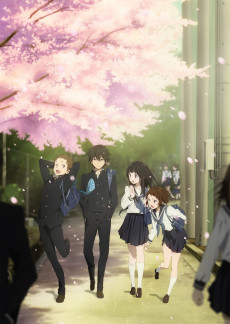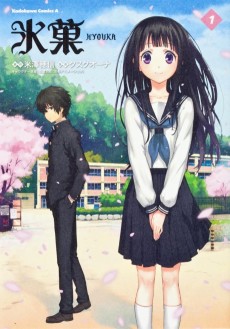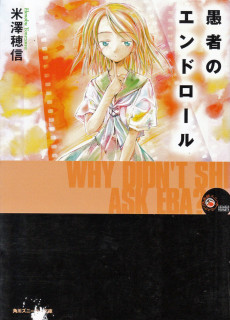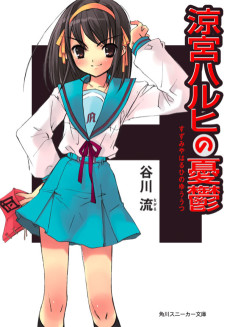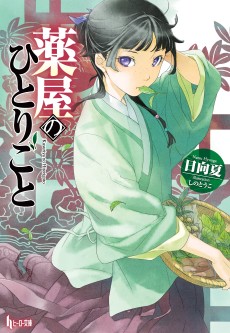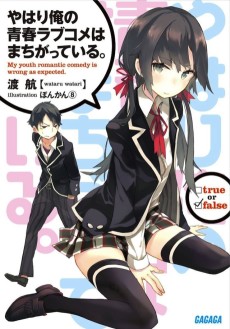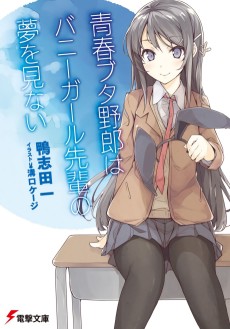HYOUKA
STATUS
COMPLETE
VOLUMES
1
RELEASE
October 31, 2001
CHAPTERS
9
DESCRIPTION
Oreki Houtarou is a self-proclaimed "energy-saver" - that is, he will not actively waste energy doing things that aren't necessary. Though he had no interest whatsoever in joining any clubs upon entering Kamiyama High School, he was commanded by his older sister Tomoe to enter the school's Classics Club, which was in danger of getting abolished as all previous members have graduated. Together with his old friends Fukube Satoshi and Ibara Mayaka, as well as the elegantly ladylike and curiously inquisitive Chitanda Eru, the newly reformed Classics Club find themselves involved in all sorts of mystery-solving escapades. Houtarou soon finds out that the Classics Club, as Tomoe has promised, is actually "quite interesting".
Note: Book one of the Koten-bu Series.
CAST

Houtarou Oreki
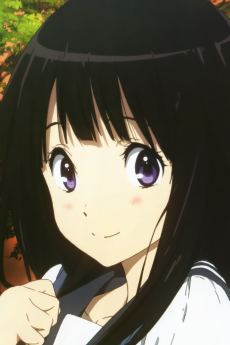
Eru Chitanda
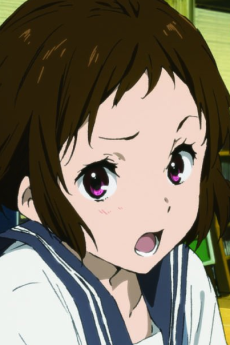
Mayaka Ibara

Satoshi Fukube
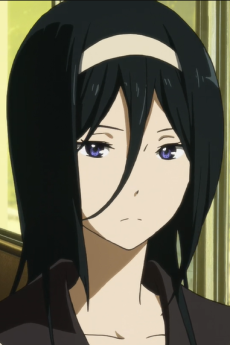
Fuyumi Irisu
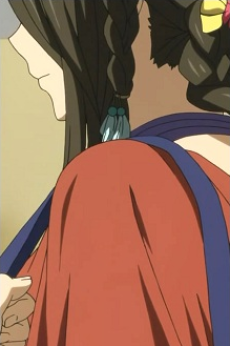
Tomoe Oreki
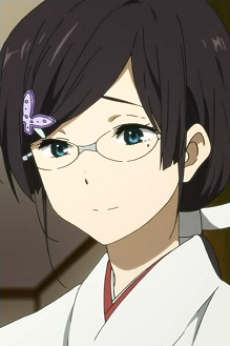
Kaho Juumonji
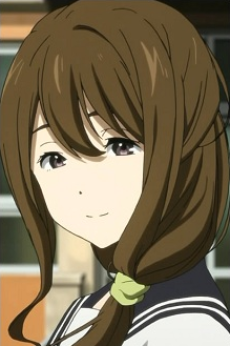
Shouko Yuasa
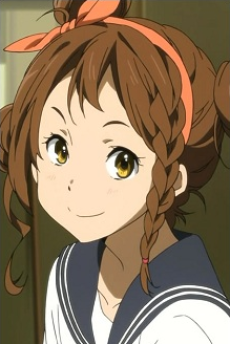
Misaki Sawakiguchi

Ayako Kouchi
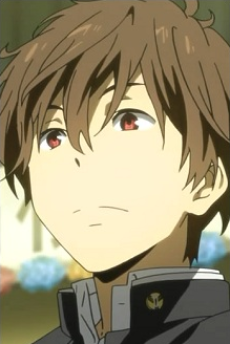
Muneyoshi Kugayama

Jirou Tanabe

Masashi Tohgaito
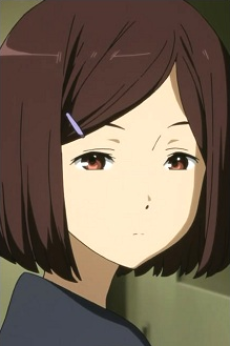
Kurako Eba
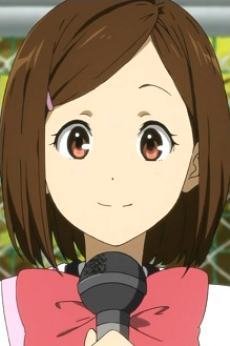
Quiz Kenkyuukai Fukubuchou
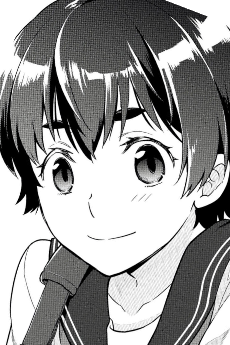
Tomoko Oohinata
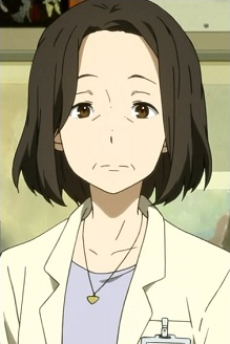
Youko Itoigawa
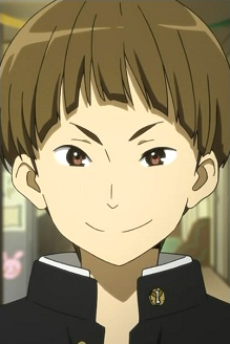
Koreyuki Tani
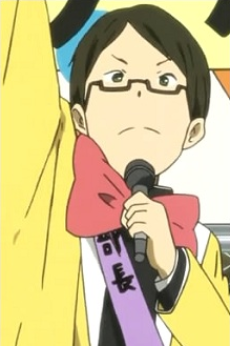
Quiz Kenkyuukai Buchou
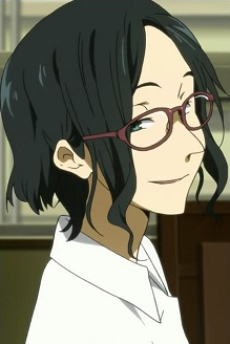
Tomohiro Haba

Asami Toba
CHAPTERS
RELATED TO HYOUKA
REVIEWS

paradoxic
90/100A mystery rooted in reality, and arguably a classic.Continue on AniList"Will the day come when our stories become a classic for someone in the future?" -Kouriyama Youko, Hyouka, Chapter 5. The Koten-bu series, an absolute delight for mystery and slice-of-life fans, revolves around the rose-coloured high school life of Oreki Houtarou, Chitanda Eru, Fukube Satoshi, and Ibara Mayaka.
The story starts with Oreki, a regular high-school student wanting nothing more than to live an average life without wasting any energy on activities he deems like a waste of time. A true energy-saver by his own account. He then gets a letter from his turbulent sister, instructing him to join the Classics Club. From then on, Oreki becomes entangled in multiple mysteries occurring in his school, often being the one to solve those mysteries.
The series combines mystery with the slice-of-life genre, resulting in a mystery novel series that feels unbelievably real. The characters are all relatable, with problems and conflicts that many high-school students might find in their own lives. Their monologues, the way they think, and how they perceive the others around them are all presented in such a way that helps the reader understand their characters. They are also not infallible. There are times where they mess up, and the thoughts that go through their head once they do are all too relatable.
The writer, Yonezawa Honobu, creates intriguing mysteries that, despite looking simple at first glance, actually requires a decent amount of deduction to solve. Every single story is engaging and suspenseful without being overbearing. Yet, it is also very detailed, almost to a fault as it savours every detail, making you want to read every single word on the page to ensure that you don't get lost in a sea of information. While reading, I was engrossed in the story, yearning for that final page when the mystery is finally solved. This does, however, result in a very slow pacing that's not for everyone.
The way Honobu maps out the stories throughout multiple volumes keeps the Koten-bu series feeling fresh as each is unique in the way it portrays the story. The first volume was more episodic, with short mysteries sprinkled alongside a larger, more impactful one. Then the second volume becomes much more detailed as, instead of continuing the episodic nature of the first volume, focuses more on a single larger mystery. The third volume portrays the stories from various perspectives of the four main characters instead of focusing solely on Oreki's point of view, allowing readers to better connect with them. This evolution in writing style continues in later volumes, keeping readers anticipating what comes next.
The mixture of mystery and slice-of-life turned out to be exceptional. The creation of realistic and relatable characters alongside mysteries that aren't far-fetched makes the Koten-bu series a delightful read. Even to those who aren't familiar with mystery novels such as me.
Finally, to answer the question. Yes, there will come a time when these stories become a classic, and for the Koten-bu series, that time has arguably come, as it should be regarded as nothing less than a classic. As for subsequent volumes? Well, in the words of an oh-so-curious lady:
>"Watashi Kininarimasu!" -Chitanda Eru. 
SgtBateMan
95/100As long as the mysteries are theirs, I wouldn't mind.Continue on AniListKoten-bu.
This word means classical literature club in Japanese and is also the name of the club that the storyline revolves. Staying close with the meaning, the novel tells a slow-pace story about the activities of that very club, and everything started with an anthology named Hyouka.
Sounds mystery, huh? Yeah, that’s right. This kind of club doesn’t have a true activity for most of the time, so of course it must involve with some unrelated ones, but unlike some vague-purposed club’s activities? or plotting for a harem, its members would solve some of the mysteries encountered during daily life. Then come the cases. There were something terrific, some exciting, but mostly trivial. They were hardly noticeable, but when their existence was known, it was hard to overlook. Leading the curiosity of readers, the author has built up a well-written story with meticulously calculated series of mysterious events. Though those may hold not that much of meaning, they appear very casual and that’s what makes the reading so relaxing.
On that set-up stage, the characters fulfill their roles.
Houtarou Oreki is an ordinary main character. His appearance is normal, his personality is also popular and a person of his caliber is not inspiring at all. Then throughout six volumes so far, he has shown sharp eyes on the surroundings. This definitely is a popular character. However, let reconsider the time the series began. There weren’t many characters like Hikigaya there, and someone close might be das boiz Conan. So this character had his caliber form by himself. Then his popularity isn’t an ordinary anymore.
Eru Chitanda is also a popular main charactress. She has mature air around her, but her curiosity is the proof of her yet matured personality. She is childish, innocent?, and most of the time the cause of troubles for Oreki, but without her, Koten-bu might have had nothing at all and that would be the least of interest, so she has played her role well. Since she has flaws, it is expected of readers to observe her maturity and that, of course, makes room for further developments of the story. So Chitanda is definitely, maybe a good developing protagonist.
About the remaining two Fukube and Ibara, they surely bring the balance to the formation. There is nothing much to say, because that will spoil the details, but the flexibility in the points of view has gradually left some spaces for their credits.
With that core of staffs, everything has deliberately progressed. They would discover the truth after mysteries, but those didn’t come like mushrooms after rain. Therefore, they would casually indulge themselves in daily life and this has created even more opportunities to expand the horizon, because while uncovering the given case, they would solve even more of their own internal mysteries. The various storytellers has blown fresh air in the chain of events and do contribute to the series. In comparison, Conan had begun with well set-up cases of crime, but then has gradually lost its initial nature and become akwardly romantic among endlessly repeated criminal plots for ridiculous reasons. This point I believe is the goodness of Koten-bu.
*Edit: Jun 2021 & Mar 5th 2022
What caught my attention the most is that the work was hardly illustrated, even though I figured out later that Honobu Yonezawa writes novel, no ‘light’ attached, and the cover of the fifth volume was just a part of promotion from the anime adaption. That also works for me, however. Though the truth that the adaption had taken me to the series is undeniable, after having experienced the work itself, there is no necessity of illustrating. Honobu Yonezawa’s words are enough to be the soul of the characters, and the moderation of their description, as well as the suitable degree in term of personalities are certainly the very impression of the work. As a result, the readers are able to focus on something more important, and it is clearly shown on stage that no character is able to overshadow others. As pieces, there is nothing much to remember about them, but as a whole, the synergy and balance among the crew are surely the spotlight of Koten-bu.
Koten-bu also provides a spectacular scenery. The location was in the countryside of Japan, aka Kamiyama, a place that couldn’t be said rural, but also couldn’t be in comparison to metropolitan cities like Tokyo, Osaka or… Actually, I don’t know that much about Japan, but certainly Kamiyama was not that lively, and while it was not that ancient of a town, the life there was neither that convenient. There were some spots worth sightseeing, which I would love to have them illustrated, but still, the town wasn’t different from mountainous lands outside of urban areas. Therefore, there are more reasons that explain the void of visual description. I was noticed of a tradition-rich club on the verge of abolishment, an abandoned village within the mountain ranges, The Doll that took a detour, Even though I’m told I now have wings,… The stories within the works took place in a town that didn’t have that much of commotion, and young people were growing up in that neighbourhood. At this point, along with the consideration about the serialisation time, the work itself has reflected parts of its creator’s mind, which was quite surprising at the time I knew about it. As the consequence, it was such an eye-opener to know there exist maps tracing The Classics Club’s course of actions in Takayama, Gifu, Japan, a pleasure to know such information, and the words of Yukie_Oreki for this series was so inspiring. Honestly, Koten-bu Series managed to impress, once again.
Regarding to Hyouka, despite my doubts for the Slice-of-Life approach and some creative changes, it did convey what the original works possess. At the success in adapting, what can be said about its source? Therefore, I believe this series is actually a lost gem, because the author can write what he initially purposed. And for the reason it’s lost, who knows when it’ll finally have an ending. Nevertheless, the way it can receive the final judgment at anytime does have its own greatness. Just accept it, me. =))

inspirashamul
85/100I could definitely use some ice cream right now.Continue on AniListThere is this gloominess and thorn feeling reading through Oreki Hotaro as described by Hyouka Anime's Director Yasuhiro Takemoto is the first thing I felt when picking up this novel after rewatching the anime for the 100th time. This review is created post the Anilist wave of separating volumes entries so this will only focus on Book One of the Koten-Bu Series.
But even this option was a bit too gray-colored for me ~ Oreki Hotaro
Every single line that I read of this volume I could vividly picture from the anime moments that happened. The way that Oreki reacts to character lines I can visualize his little smirks or little non reactions especially with Satoshi. Some things pacing wise in comparison to the adaptation will be discussed up front because well I literally can't not compare them when my own mind goes directly to the anime for these visuals. I have not really read any japanese media by itself first without the visuals so it's just how my brain processes things.
One of the advantages to the Novel and this volume itself is how it sets up the foreshadowing for so many of the future story points in small "throwaway" text in the form of the evidence gathered for the Sekitani Jun incident. One is the lightning striking while students were hiking a mountain, A call forward to the classroom stand alone story I am assuming in one of the later volumes. Also cut lines like how Oreki deduced Chitanda was in the same elective class in their initial encounter leads directly into the reader being primed for the later mystery about the library book.
I was afraid of the thought of living while being dead inside ~ Chitanda Eru
Even though it's a line said by Chitanda, because it's her uncle who is a really great cautionary tale for Oreki, I'd say it applies to him as well. That in reality, we may not be able to remember the halcyon days but it is better to not have regret eat away at us. That rose-colored life, if stained too brightly will have that high of a fall as well.
Some of the changes that I was happy that were made to the novel into the anime helped streamline the character interactions. A teacher doesn't come in and interrupt their first conversation. Good thing it is only Satoshi because he is relevant to the main cast. Great job at trimming the excess. I love the change where Oreki gives Chitanda his application instead of where he had already submitted it earlier in the day. Gives Chitanda more of that overbearing presence which fits the visuals perfectly.
All in all I love my energy-conserving high schooler who is special to at least one other person and someone I relate to way too much on that fact that I too contemplated that rose colored life, chased it way too hard, and crashed just as much. Oreki obtaining for that gray life means a lot to me.
SIMILAR MANGAS YOU MAY LIKE
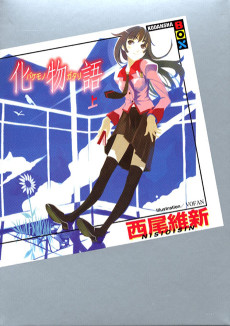 NOVEL ActionBakemonogatari
NOVEL ActionBakemonogatari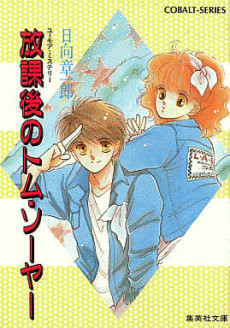 NOVEL ComedyHoukago Series
NOVEL ComedyHoukago Series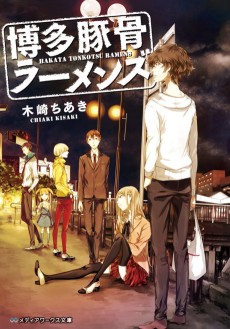 NOVEL ActionHakata Tonkotsu Ramens
NOVEL ActionHakata Tonkotsu Ramens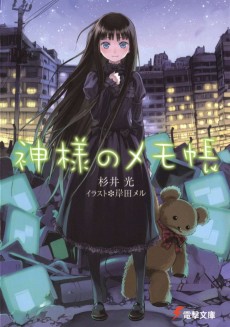 NOVEL ComedyKamisama no Memochou
NOVEL ComedyKamisama no Memochou
SCORE
- (4.1/5)
MORE INFO
Ended inOctober 31, 2001
Favorited by 171 Users


